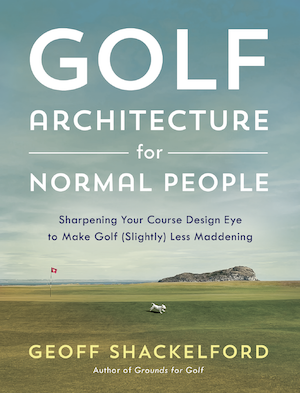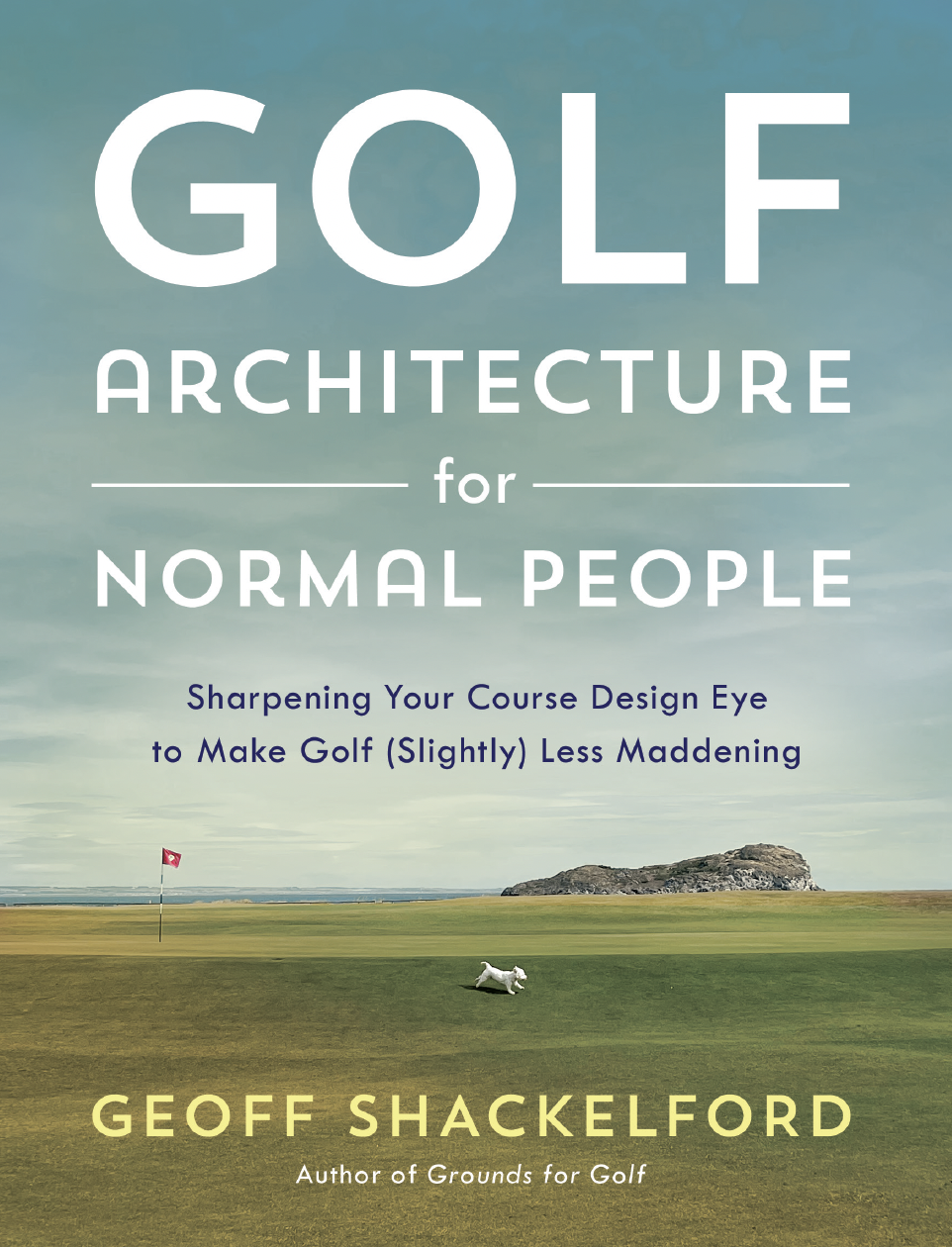There have been a couple of good pieces on technology-related issues and both struck me as interesting because we've crossed a threshold of some kind where no one seems to be scared to write about the subject any longer. Perhaps that's a testament to how the discourse has evolved or maybe it's simply a matter of writers finally taking more interest in the impact side of the issue.
Either way, here's what John Paul Newport wrote in Saturday's Wall Street Journal about persimmon v. titanium:
But how much have we really gained? This is a philosophical question with no definitive answer, but you can’t say my father-in-law didn’t have fun with his wooden clubs. He was a life-long avid golfer, which fact I couldn’t help but reflect on last weekend when our family toured the Amish country in central Pennsylvania. The most observant Amish (a Christian Mennonite sect) really do still drive around in horse-and-buggies and live in houses with little or no electricity. My fascinated 14-year-old daughter spewed forth factoids from the Internet that she pulled up on a BlackBerry. “The Amish don’t have phones in their houses because they want to encourage face-to-face conversations,” she read. “They don’t allow tractors because they want their farms to remain human-scale.” In other words, they’ve decided what they want of the modern era (they can use phones outside the home and avail themselves of modern medical technology) but reject what doesn’t contribute to the values they hold highest.
I’m not tempted to adopt the Amish lifestyle, believe me, but I’m not sure I’d mind going back to wooden clubs and less modern balls, provided everyone else did the same. (You can keep balata, which cuts too easily.) In terms of challenge, based on my experience, there really isn’t that much difference between the old and the new. Trying to keep a short, spinny ball in play with a wooden driver is not easy, but it’s no more formidable a task than trying to keep a longer ball in play with a metal driver.
Mike Stachura was inspired by Chad Campbell's recent bout with persimmon and balata to make the case for the poor, beleaguered golf ball's innocence in the bastardization of courses around the club. He says the numbers suggest shafts are the real culprit and who can argue with that?
It is worth theorizing that a larger percentage of the improvement might just be attributed to the shaft's effect on swing speed. Today's modern shaft usually weighs 75 grams or less, about half what the steel shaft on the MacGregor Byron Nelson driver weighed. But the 200 grams on the end of that shaft is the same force on today's heads, although the weight is better distributed. The faster you can swing that mass, the more it can improve your distance. Moreover, shaft technology has elevated to the point where the same stability that better players with faster swings found in steel shafts years ago is nearly the same today in graphite shafts that weigh half as much.
And...
Though the USGA has been conducting research on shorter golf balls for the last three years, that project has not yielded any announcement of a proposed rollback in the golf ball in the way groove performance was rolled back late last year. Rugge simply says today that the research project is "ongoing." For now, Rugge believes that current research suggests that the ball need not be singled out as the root cause of distance in the modern game.
"Our testing showed me that the majority of PGA Tour distance increases attributable to equipment have likely come from changes in the driver, not the ball," he said.
It's not clear whether one set of numbers and a few swings through history on the range of a PGA Tour event last week confirm that idea or call it into question. But isolating the effect to either club or ball seems impossible. Rather, today's club-ball system seems to exceed the sum of its parts.
Which is why all of the calls to alter the golf ball have been made. If you have to pick between club and ball for the simplest way to make courses relevant while restoring elements of skill, isn't it just easier to alter the ball? That doesn't make it guilty in a court of a law, just a victim of convenience.












